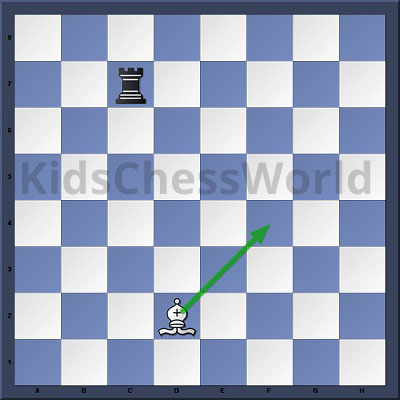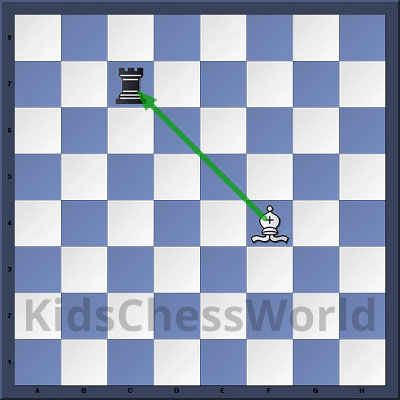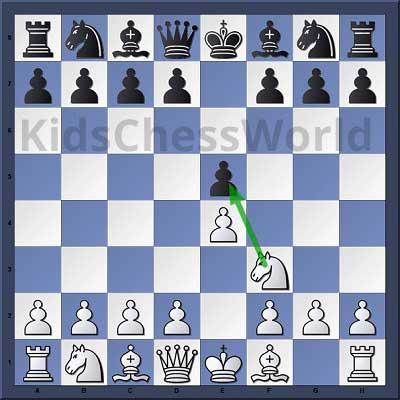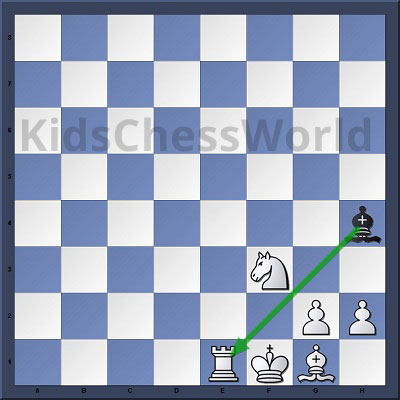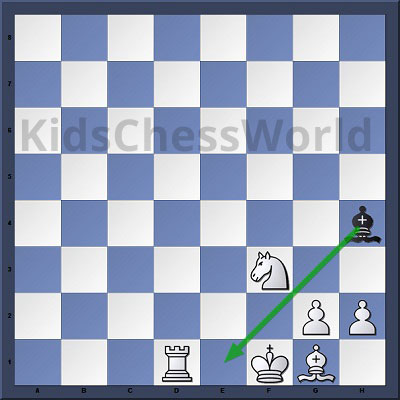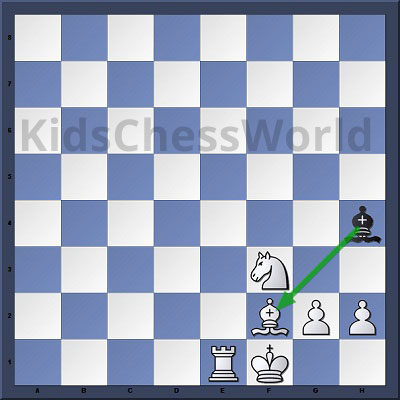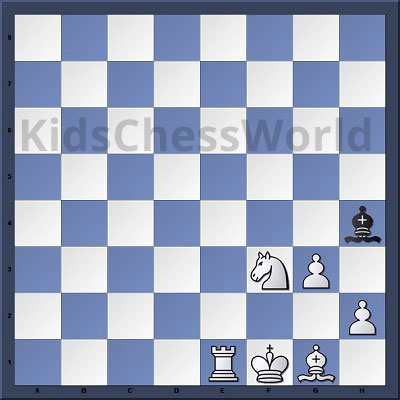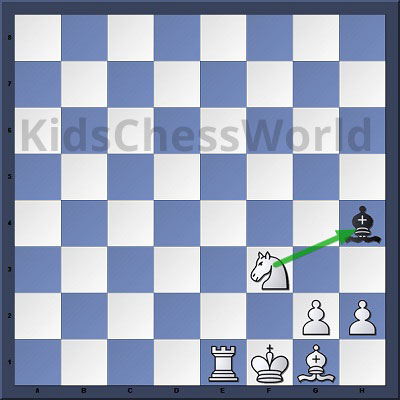Attack and Defend in Chess
08 Apr 2015Attack
Attack is nothing but watching an enemy piece. The next step of attack would be capturing.
In the diagram below, the Bishop is preparing for an attack on the Rook.
After the Bishop moves to f4, the position as shown in the below diagram arrives.
We call this “Bishop is attacking Rook”
If the Rook does not defend himself then the Bishop will capture it in the next move.
Attack is the stepping stone towards winning the game. There is not a single game where there was no attack. Moreover a check is an attack to the King.
In the below diagram we see that even in the normal opening, Knight is attacking the pawn right away.
Defending
Usually while teaching attacking and defending to kids, I ask them what would they do if someone tries to hit them for no reason. You may get some amusing answers but I expect these
- “I run”
- “I call my friend”
- “I hit back”
- “I call my parents”
I compare this to the ways of defending we have in chess
A – Away – Go away.
B – Block – Block with a piece or pawn.
C – Capture – Capture the attacking piece.
D – Defending – Get protection from another piece (It was supposed to be P but for convenience I’m using D here)
These are very similar to ABC we used for getting away from a check.
In the diagram below, the black Bishop is attacking the white Rook. This is an Attack. Let’s see how we can defend our self from this attack.
- Away : Here the Rook goes away to avoid the capture. Rook can go to any other square which is not watched by Bishop. This is the simplest way to get away from an attack.
2. Block : Here the Rook does not move. But it uses another piece to block the attack by keeping it on the line of attack. White Bishop on f2 defends the Rook. This may lead to the exchange of Bishops if Black captures the White Bishop.
A better Block would be with the pawn on g2. By moving the pawn to g3 not only defends the Rook but also attacks the Bishop. Now the Black Bishop has to move away. otherwise the pawn on g3 will capture it.
3. Capture: The best among all these is capturing the Black Bishop which is unprotected. Here the Knight on f3 can easily capture the Bishop so that there will be no more attack from the Bishop.
4. Defend: I call this defend just because it is easier for kids to remember as ABCD. So here you are giving protection to the Rook by another piece and here White King on f1 is protecting the Rook. If the Bishop captures the Rook, you can capture it back with the King.
This is not the ideal way among ABCD as Rook is worth 5 points and Bishop is only 3 points. But if A, B and C doesn’t work then this is your option.
So this is about attacking and defending. I hope this helps to teach kids a simpler way to remember the ways of defending.
Let me know if I have missed anything or if you have a better way of teaching this topic. I will include it as soon as possible.

